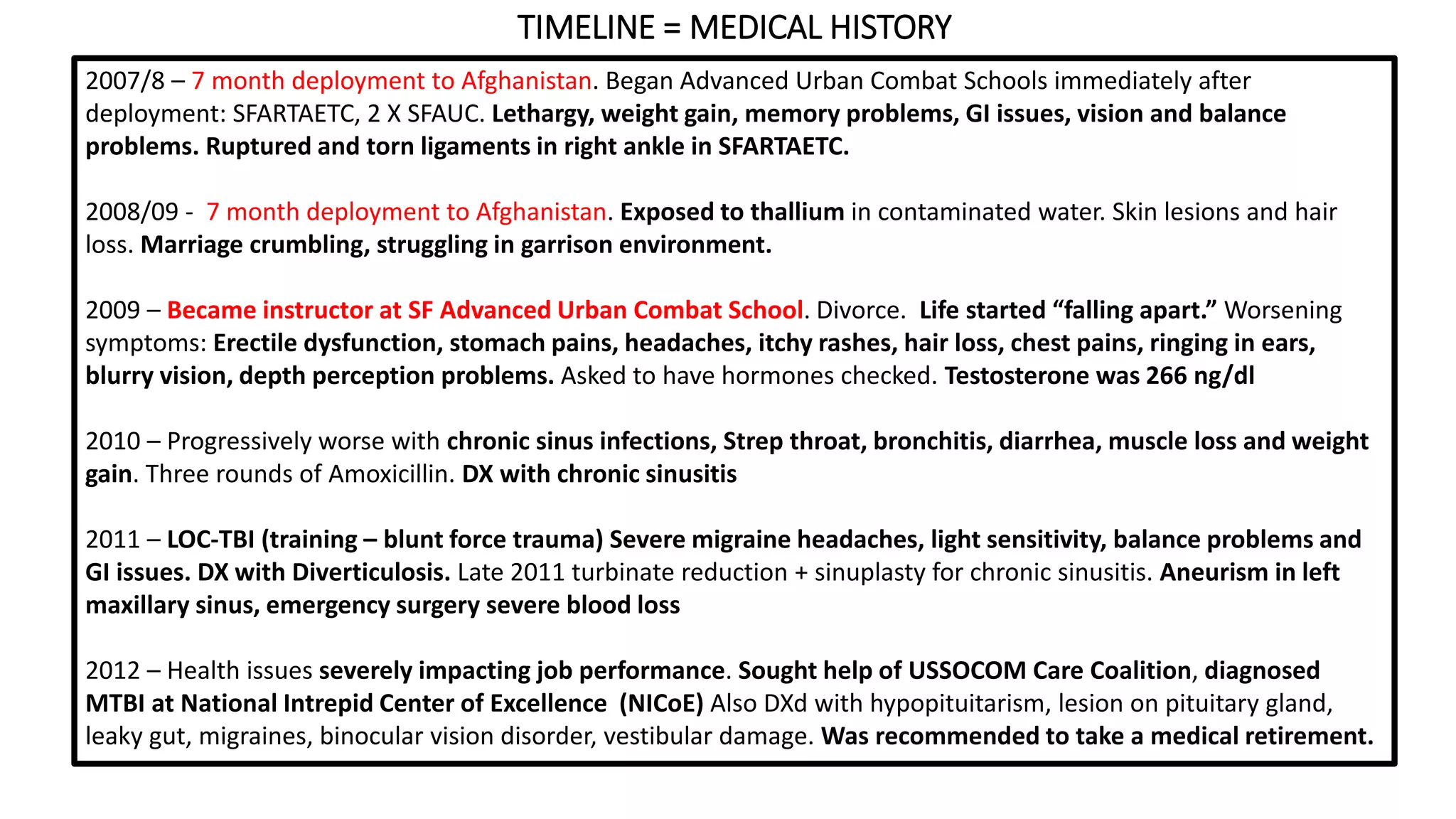Steel and Iron Ore Careers: A Comprehensive Industry Guide
Steel and iron ore careers: a comprehensive industry guide
The steel and iron ore industry form the backbone of modern infrastructure and manufacturing. From skyscrapers to automobiles, steel remain an essential material in countless applications. For those consider career options, the steel and iron ore sector offer diverse opportunities across multiple disciplines. This guide examines whether pursue a career path in this industry is a worthwhile choice.
Understand the steel and iron ore industry
Before evaluate career potential, it’s important to understand what the industry encompasses. The steel and iron ore sector consist of several interconnected segments:
Mining operations
Iron ore mining represent the first stage in steel production. This segment involves:

Source: maxtonco.com
- Exploration and geological assessment
- Open pit and underground mining
- Ore processing and beneficiaries
- Transportation logistics
Major iron ore mining regions include Australia’s pillar region, bBrazils cCaracasmine, and operations across cChina rRussia iIndia and nNorth America
Steel production
Formerly mine, iron ore undergo transformation into steel through various processes:
- Blast furnace operations
- Basic oxygen steelmaking
- Electric arc furnace production
- Continuous casting
- Roll and finish
Downstream applications
Finished steel products serve numerous industries:
- Construction and infrastructure
- Automotive manufacturing
- Machinery and equipment
- Energy sector (pipelines, platforms )
- Consumer goods
Job opportunities in steel and iron ore
The industry offer diverse career paths across multiple disciplines and education levels:
Engineering roles
Engineers form the technical backbone of the industry:
-
Mining engineers
Design and oversee extraction operations -
Metallurgical engineers
Develop and optimize metal processing -
Mechanical engineers
Design and maintain equipment -
Civil engineers
Plan infrastructure for mining and production facilities -
Chemical engineers
Manage chemical processes in steel production -
Electrical engineers
Design power systems for facilities
These positions typically require a bachelor’s degree in engineering, with senior roles frequently demand advanced degrees and professional certifications.
Technical and trade positions
Skilled technical workers perform essential hands on roles:
-
Miners and operators
Run mining equipment and extraction processes -
Metallurgical technicians
Conduct testing and quality control -
Welders and fabricators
Join and form metal components -
Maintenance technicians
Repair and maintain equipment -
Machinists
Produce precision metal components
These positions oftentimes require technical certifications, apprenticeships, or associate degrees.
Management and administrative roles
Business professionals keep operations run swimmingly:
-
Operations managers
Oversee daily production activities -
Supply chain managers
Coordinate material flow -
Health and safety officers
Ensure workplace compliance -
Human resources specialists
Manage workforce need -
Finance and accounting professionals
Handle financial operations
Scientific and research positions
Innovation drive industry advancement:
-
Geologists
Locate and assess ore deposits -
Materials scientists
Develop new steel alloys and applications -
Environmental scientists
Monitor and mitigate environmental impacts -
Research and development specialists
Create new processes and technologies
Compensation and benefits
The steel and iron ore industry broadly offer competitive compensation, specially for technical and specialized roles.
Salary range
While specific figures vary by location, company size, and experience level, Hera are general salary range:
-
Entry level positions
(operators, technicians ) 40$40 $60,000 -
Mid-level technical roles
(experienced technicians, junior engineers ) 60$60 $90,000 -
Engineering positions
$70,000 $120,000 -
Senior engineers and management
$100,000 $150,000 + -
Executive positions
$150,000 $300,000 +
Many positions, specially in mining operations, offer additional benefits like:
- Overtime opportunities
- Shift premiums
- Production bonuses
- Remote location allowances
Benefits packages
Companies in this sector typically provide comprehensive benefits:
- Health, dental, and vision insurance
- Retirement plans with employer matching
- Pay time off and holidays
- Education assistance and professional development
- Housing assistance (in remote locations )
Industry outlook and job stability
When evaluate a career path, understand the industry’s future prospects is crucial.
Market dynamics
The steel and iron ore industry experience cyclical patterns tie to:
- Global economic conditions
- Construction and manufacturing activity
- Infrastructure investment
- International trade policies
These cycles can impact job stability, specially during economic downturns. Notwithstanding, the essential nature of steel in modern economies provide a baseline of demand regular during challenging periods.
Long term trends
Several factors shape the industry’s future:
Growth drivers
-
Infrastructure development
Specially in emerge economies -
Renewable energy
Steel requirements for wind turbines, solar structures -
Urbanization
Continue city growth require construction materials -
Transportation evolution
New vehicle designs stock still requires steel components
Challenges
-
Decarbonization pressure
Steel production generate significant carbon emissions -
Alternative materials
Competition from composites, aluminum, and other materials -
Automation
Increase technological displacement of certain roles -
Market consolidation
Mergers and acquisitions affect employment
Emerge opportunities
Despite challenges, new career opportunities are emerged:
-
Green steel initiatives
Hydrogen base production and carbon capture -
Advanced manufacturing
3d printing and precision fabrication -
Digitalization
AI, IOT, and data analytics applications -
Circular economy
Steel recycling and resource efficiency
Advantages of a steel / iron ore career
Several factors make this industry an attractive career choice:
Essential industry status
Steel remain fundamental to modern civilization, provide a baseline of demand disregarding of economic conditions. This essential nature offer relative job security compare to more discretionary industries.
Technical skill development
The industry provide exposure to advanced technologies and processes, include:
- Industrial automation
- Process optimization
- Materials science
- Environmental management systems
These skills oftentimes transfer advantageously to other manufacturing and resource sectors.
Global opportunities
With operations worldwide, the industry offer international career prospects. Major steel and mining companies maintain a global presence, provide opportunities to work in diverse locations and cultures.
Advancement potential
The industry’s technical complexity create numerous advancement pathways. Entry level positions can lead to specialized roles, supervisory positions, and finally management opportunities.
Challenges and considerations
Prospective professionals should besides consider these challenges:
Working conditions
Many positions involve:
- Physically demand work
- Exposure to heat, noise, and dust
- Shift work and irregular hours
- Remote locations (peculiarly in mining )
- Safety hazards require constant vigilance
Industry volatility
Steel and iron ore prices can fluctuate importantly, affect:
- Company profitability
- Expansion plans
- Hire practices
- Job security during downturns
Environmental considerations
The industry face increase scrutiny regard:
- Carbon emissions
- Energy consumption
- Land use impacts
- Water management
These pressures create both challenges and opportunities for professionals in the field.
Education and entry pathways
Multiple routes exist for entering the steel and iron ore industry:
Academic pathways
Relevant degree programs include:
- Mining engineering
- Metallurgical engineering
- Materials science
- Mechanical engineering
- Geology
- Industrial management
Vocational and technical training
Alternatives to four year degrees include:
- Apprenticeship programs
- Technical certificates
- Associate degrees in applied science
- Industry specific training programs
Entry level positions
Common starting roles include:
- Equipment operator
- Production assistant
- Laboratory technician
- Maintenance helper
- Engineering intern
Career development and growth
Successful professionals in this field typically follow these development patterns:
Continuous learning
The industry rewards ongoing education through:
- Professional certifications
- Advanced degrees
- Technical specializations
- Management training
Career progression examples
Common career trajectories include:
-
Technical track:
Operator → senior operator → supervisor → superintendent → operations manager -
Engineering track:
Junior engineer → project engineer → senior engineer → engineering manager → technical director -
Management track:
Team leader → department manager → plant manager → regional director → executive leadership
Is steel / iron ore a good career path?
The answer depend on your priorities, interests, and circumstances:
Consider a career in steel / iron ore if you value:
- Stable industries with essential products
- Technical problem solve opportunities
- Competitive compensation, specially in specialized roles
- Tangible production outcomes
- Global career opportunities
- Multiple entry paths base on education and experience
This may not be the right path if you prefer:
- Systematically predictable work environments
- Freedom from shift work or irregular schedules
- Urban only works locations
- Industries with minimal environmental challenges
- Sectors immune to economic cycles
Conclusion
The steel and iron ore industry offer substantial career opportunities across diverse roles and disciplines. With competitive compensation, technical challenges, and global prospects, it remains a viable career path for those interested in materials, manufacturing, and resource sectors.

Source: topbusinessformula.com
While the industry face challenges from economic cycles, environmental pressures, and technological disruption, its fundamental importance to modern infrastructure ensure continue demand for skilled professionals. The evolution toward greener production methods and advanced manufacturing techniques besides create new opportunities for innovation minded individuals.
For those willing to adapt to change conditions and endlessly develop their skills, a career in steel and iron ore can provide both stability and growth potential. By understand the industry’s dynamics and align your career choices with emerge trends, you can build a rewarding professional path in this essential global sector.



